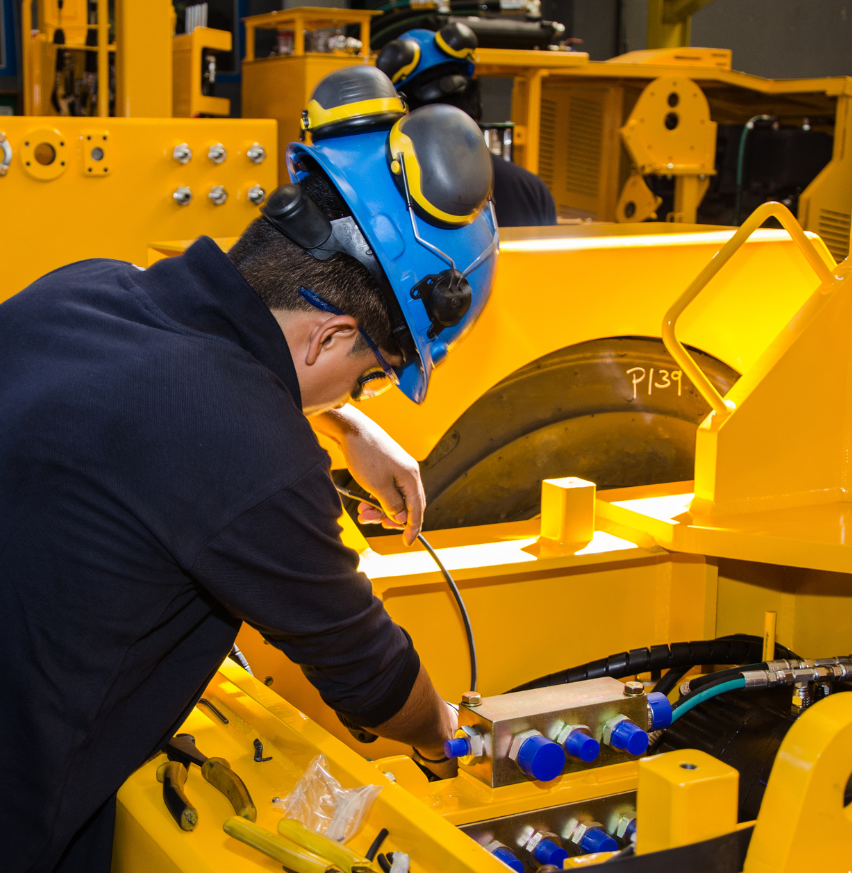February 6, 2025
Rekindle your love of Salesforce
Have You Fallen Out of Love with Salesforce? Here’s How to Bring Back the Spark Like any long-term relationship, your journey with Salesforce started with...
Learn More
What is Robotic Process Automation (RPA)? How can you use it to add value to your business?
Robotic process automation (RPA) refers to software that can be easily programmed to do basic tasks across applications just as human workers do. RPA software is designed to reduce the burden of repetitive, simple tasks that consume parts of every office worker’s day, such as queries, calculations, and maintenance of records and transactions. A type of RPA that is predicted to be a large trend in 2020 and moving forward is hyper-automation. Defined by the IT consulting firm Gartner, hyper-automation “deals with the application of advanced technologies, including artificial intelligence (AI) and machine learning (ML), to increasingly automate processes and augment humans.” Many businesses have been reluctant to implement hyper-automation because of concern about the shift in processes and employees worried about losing their jobs. But, the improvements and value far outweigh any of the fears or doubts. With the advancement in automation, including the growing trend of hyper-automation, business leaders are now driving to create “people-centric smart workplaces”. This basically means RPA technology can watch a human teacher complete tasks like data entry, then repeat those compilations more quickly and decisively. RPA is an actively growing field promising to free up employees from dull tasks and allow them to focus their time on more innovative projects. Hyper-automation is more than just one piece of software or automation of simple tasks. It brings about the requirement that businesses adopt tools that can be set up to work with one another. It is crucial that software can communicate with one another, now more than ever.
You’ll benefit from single software solutions that are straightforward and adaptable, but you will also need to consider how the addition of a tool will work with your existing approach. You’ll want to include tools that are “plug and play” solutions, which can pull data from different sources and can use APIs to talk to your existing software, such as Salesforce. Unlike deep learning, the software robots used in robotic process automation are programmed to do the tasks in a particular workflow by the employees with some assistance from programmers. The software doesn’t learn on its own or seek to tweak out new efficiencies or new insights like big data analysis or enterprise resource management (ERM) software. Instead, RPA works like a digital assistant for employees by clearing the onerous, simple tasks that eat up part of every office worker’s day.
If you’re interested in learning more about robotic process automation or would like to understand how it will be valuable in your business, shoot us a message.
.png?crop=21x0x95x100&resize=5920x6065)
Have You Fallen Out of Love with Salesforce? Here’s How to Bring Back the Spark Like any long-term relationship, your journey with Salesforce started with...
Learn More
Checking Out AI? How Smart POS Systems Are Uncovering Hidden Revenue Streams POS systems have long been the backbone of retail and service industries. But...
Learn More
While Salesforce's latest AI offering Agentforce is a hot topic, many dealerships still wonder how it can make a tangible difference in their operations. The great news...
Learn More
Let us know your Salesforce project needs and we’ll set up a time to chat about timelines, budgets, and next steps.
Contact Us